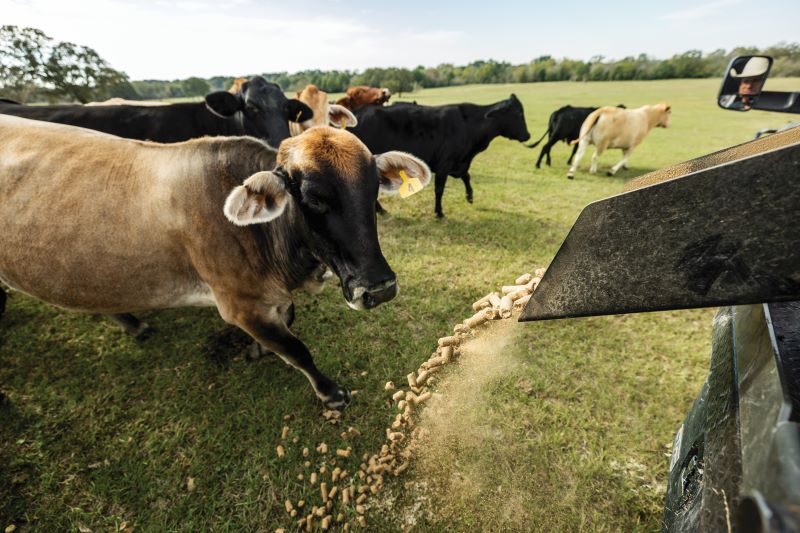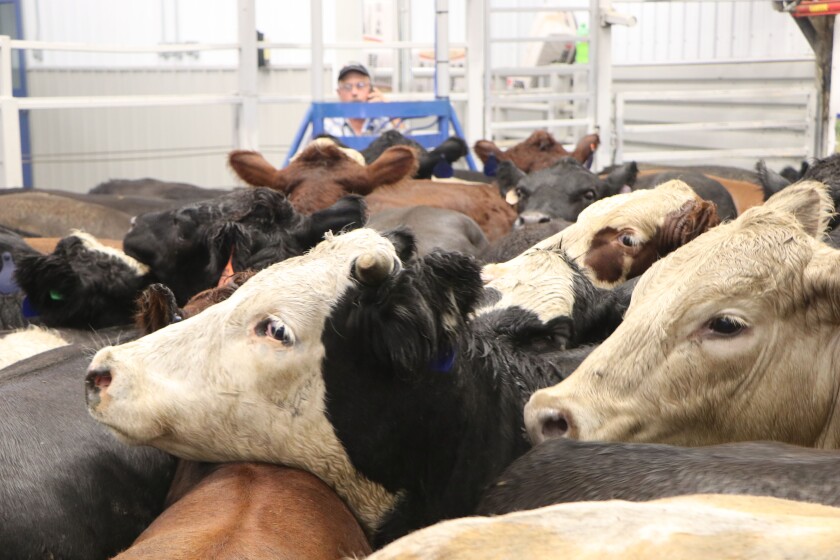Proactive Security: Bagley Risk Management Tips
Proactive Security: Bagley Risk Management Tips
Blog Article
Understanding Livestock Risk Protection (LRP) Insurance Coverage: A Comprehensive Guide
Browsing the realm of livestock threat defense (LRP) insurance policy can be a complex undertaking for lots of in the farming sector. From how LRP insurance policy operates to the numerous coverage choices offered, there is much to discover in this thorough overview that can possibly shape the way livestock producers approach danger administration in their companies.
.png)
Exactly How LRP Insurance Coverage Functions
Occasionally, understanding the mechanics of Animals Risk Protection (LRP) insurance can be intricate, but damaging down exactly how it works can provide clearness for herdsmans and farmers. LRP insurance policy is a danger management device developed to shield animals producers against unanticipated cost declines. The plan allows manufacturers to establish a protection level based upon their certain needs, selecting the number of head, weight range, and protection rate. When the policy is in area, if market value fall below the coverage cost, manufacturers can sue for the difference. It is essential to note that LRP insurance policy is not an income warranty; rather, it concentrates entirely on rate risk security. The coverage period usually varies from 13 to 52 weeks, offering adaptability for producers to select a period that aligns with their production cycle. By using LRP insurance policy, farmers and ranchers can minimize the economic risks related to rising and fall market value, guaranteeing better security in their operations.
Qualification and Protection Options

When it concerns protection alternatives, LRP insurance policy offers manufacturers the versatility to pick the coverage level, protection period, and endorsements that best suit their threat monitoring requirements. Insurance coverage degrees commonly range from 70% to 100% of the expected finishing worth of the insured animals. Manufacturers can also select insurance coverage periods that straighten with their manufacturing cycle, whether they are guaranteeing feeder cattle, fed cattle, swine, or lamb. Recommendations such as price risk protection can further customize insurance coverage to shield versus unfavorable market changes. By comprehending the eligibility criteria and protection options readily available, livestock manufacturers can make informed choices to take care of risk properly.
Advantages And Disadvantages of LRP Insurance Policy
When examining Animals Risk Security (LRP) insurance coverage, it is essential for livestock manufacturers to weigh the advantages and negative aspects integral in this threat monitoring tool.

Among the primary advantages of LRP insurance policy is its capability to give security against a decrease in animals prices. This can help safeguard producers from monetary losses arising from market variations. Furthermore, LRP insurance policy offers a degree of flexibility, enabling producers to customize insurance coverage hop over to these guys levels and policy durations to match their specific demands. By securing an assured rate for their animals, producers can much better take care of risk and prepare for the future.
One limitation of LRP insurance coverage is that it does not protect versus all types of threats, such as condition outbreaks or natural calamities. It is vital for producers to meticulously evaluate their individual risk exposure and financial situation to establish if LRP insurance coverage is the ideal danger management device for their operation.
Understanding LRP Insurance Coverage Premiums

Tips for Optimizing LRP Conveniences
Optimizing the benefits of Animals Danger Protection (LRP) insurance coverage calls for critical planning and proactive risk management - Bagley Risk Management. To make the many of your LRP coverage, think about the adhering to ideas:
Consistently Evaluate Market Conditions: Stay informed concerning market trends and cost fluctuations in the livestock sector. By checking these variables, you can make informed decisions regarding when to acquire LRP insurance coverage to secure against potential losses.
Set Realistic Protection Levels: When selecting insurance coverage levels, consider your production prices, market worth of livestock, and possible threats - Bagley Risk Management. Establishing practical protection degrees guarantees that you are properly secured without overpaying for unnecessary insurance coverage
Diversify Your Protection: Rather than counting entirely on LRP insurance coverage, think about expanding your risk management methods. Integrating LRP with various other danger monitoring devices such as futures contracts or alternatives can offer thorough insurance coverage versus market uncertainties.
Testimonial and Readjust Protection Frequently: As market problems change, periodically examine your LRP protection to ensure it aligns with your present danger direct exposure. Adjusting coverage degrees and timing of acquisitions can assist enhance your danger defense strategy. By adhering to these ideas, you can make best use of the advantages of LRP insurance policy and guard your livestock operation against unforeseen risks.
Conclusion
Finally, animals danger protection (LRP) insurance coverage is an important tool for farmers to handle the monetary threats associated with their livestock procedures. By understanding exactly how LRP functions, eligibility and insurance coverage options, along with the advantages and disadvantages of this insurance coverage, farmers can make educated decisions to safeguard their incomes. By meticulously thinking about LRP premiums and applying methods to maximize advantages, original site farmers can alleviate prospective losses and guarantee the sustainability of their procedures.
Livestock producers interested in obtaining Animals Risk Security (LRP) insurance can discover an array of qualification criteria and insurance coverage choices tailored to their particular animals procedures.When it comes to coverage choices, LRP insurance coverage uses manufacturers the flexibility to choose the coverage degree, insurance coverage period, and endorsements that finest suit their risk administration demands.To grasp the details of Animals Threat Protection (LRP) insurance coverage fully, comprehending the elements influencing LRP insurance my response premiums is vital. LRP insurance costs are determined by different components, consisting of the coverage degree selected, the anticipated rate of livestock at the end of the insurance coverage duration, the type of livestock being guaranteed, and the size of the insurance coverage duration.Testimonial and Change Coverage Routinely: As market problems alter, periodically review your LRP coverage to ensure it aligns with your current risk direct exposure.
Report this page